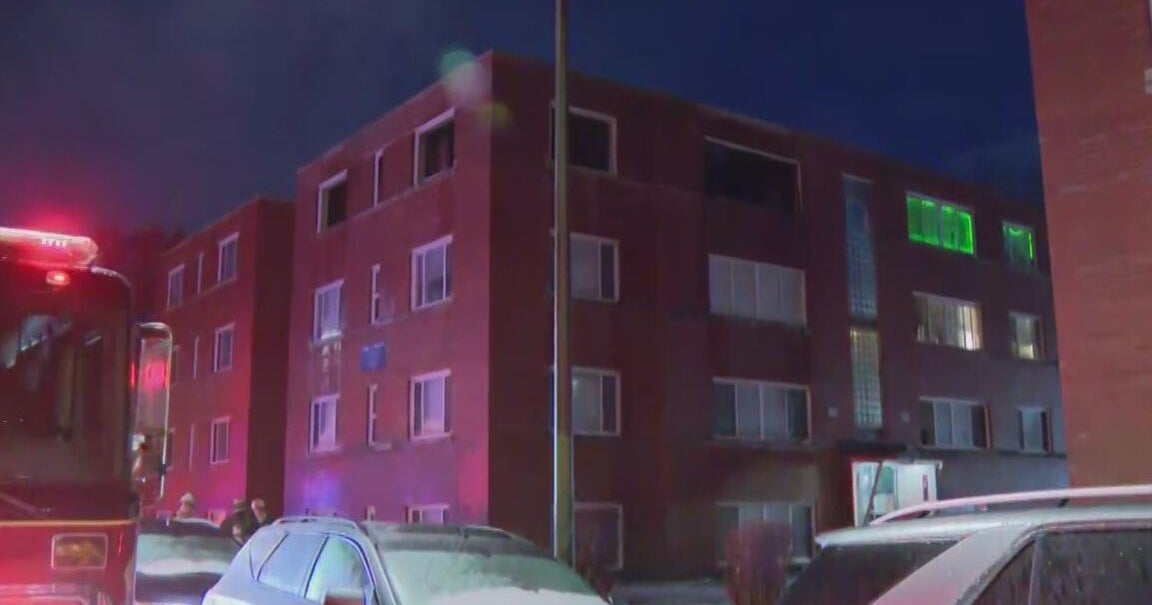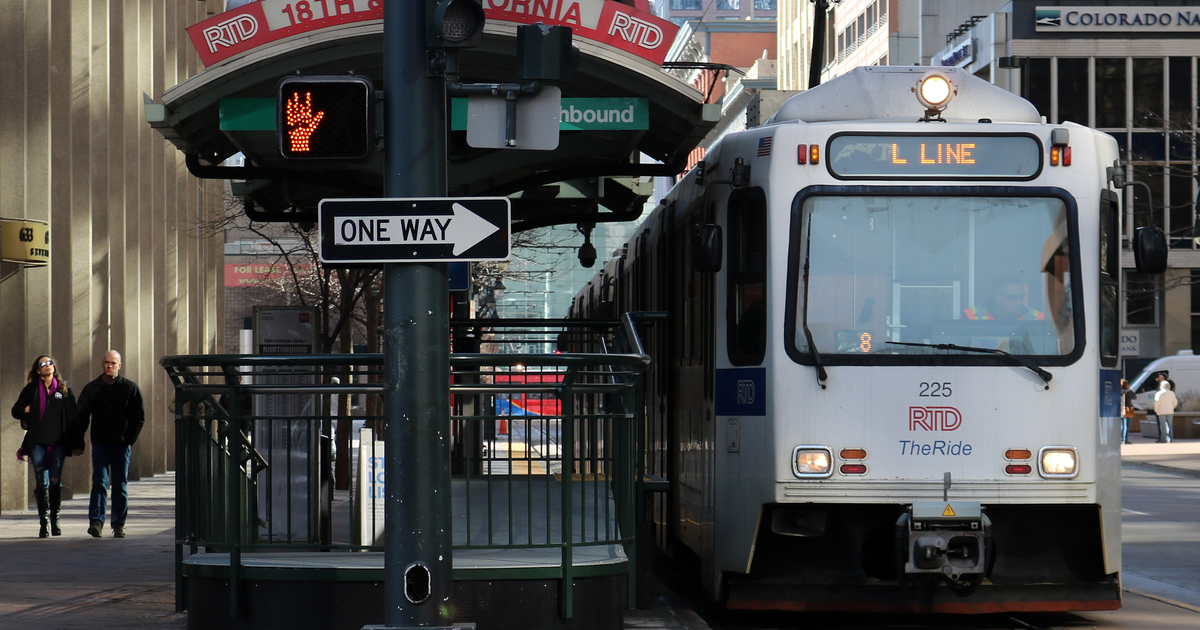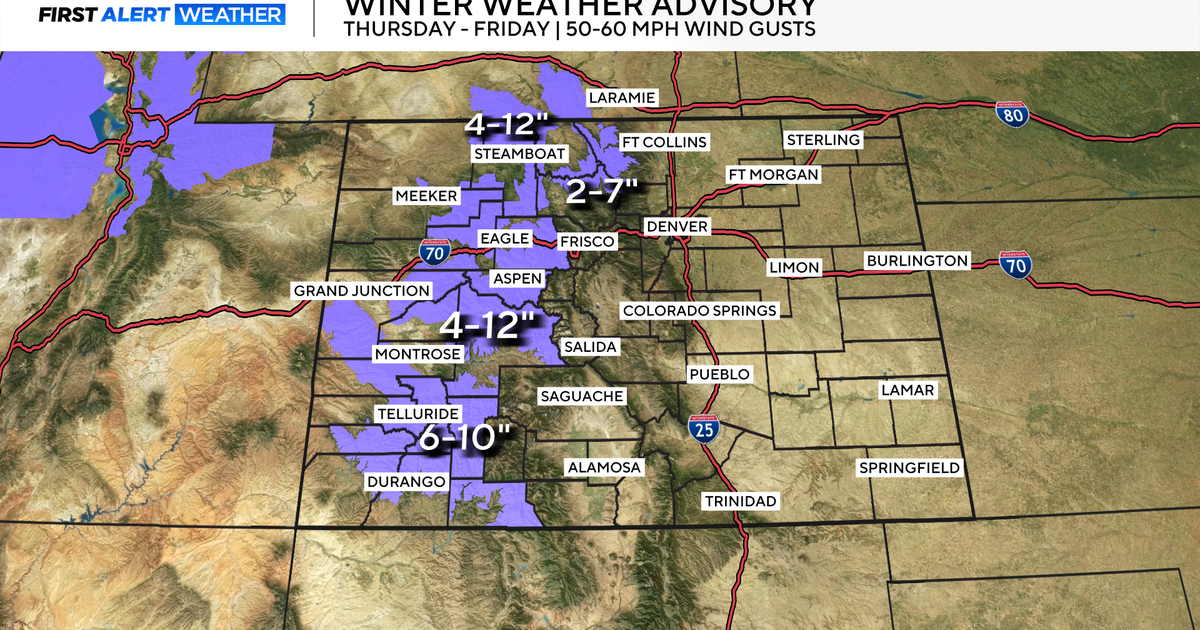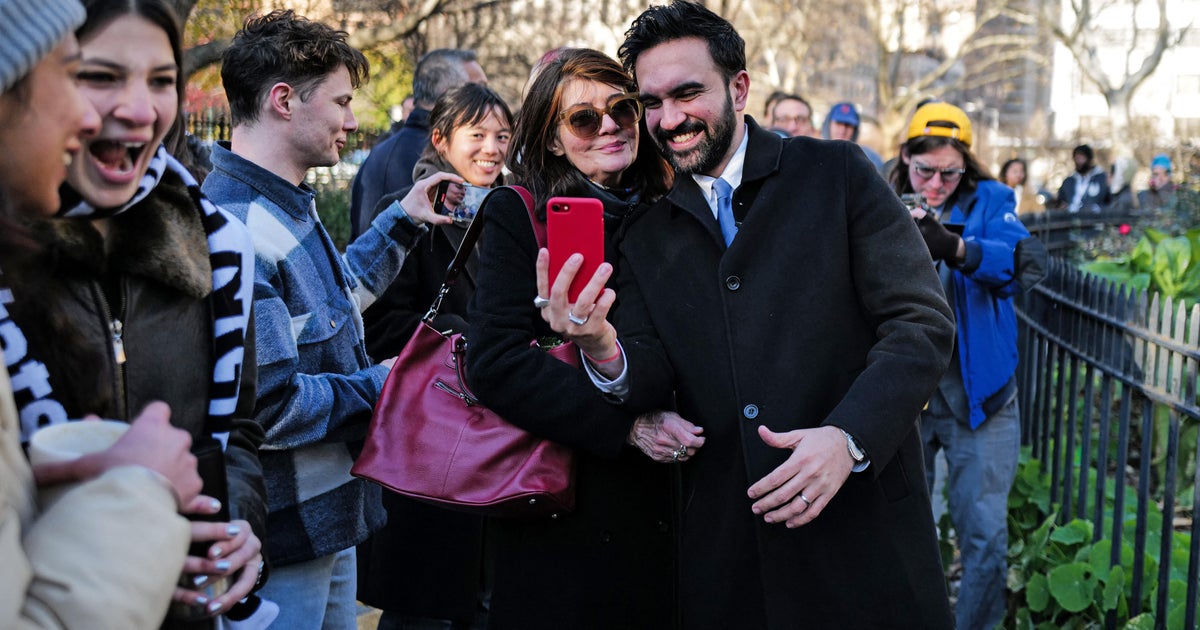CTA ridership jumps nearly 25% in 2022, but still trails far behind pre-pandemic levels
CHICAGO (CBS) -- CTA ridership in 2022 reached its highest levels since the start of the pandemic, but use of the city's mass transit system is still lagging far behind the days before COVID-19.
The Chicago Transit Authority said total ridership in 2022 reached 243.5 million bus and train rides, up 24% from the 196 million total rides seen in 2021.
"As the region continues to emerge from the pandemic, more people are returning to the office and also finding new opportunities to take public transit – from shorter, neighborhood trips to special events throughout the city," said CTA President Dorval R. Carter, Jr. "CTA continues to provide as much service as possible to meet this increasing demand, while also closely watching ridership demand and patterns."
However, total ridership is still only about half of what it was before the pandemic. In 2019, the CTA had 455.7 million total train and bus rides, meaning ridership is still down nearly 47% from pre-pandemic levels.
"As transit agencies across the country have experienced, ridership remains below prepandemic levels, due in part to new hybrid work schedules and changes in commuting patterns and demand. But the CTA, like its national transit peers, continues to make investments in improving service, modernizing infrastructure, and improving the customer experience to welcome more customers back to transit," the CTA said in a press release.
The CTA pointed to growing ridership downtown, with a 50% increase in rides on bus routes serving downtown compared to 2021. The Red and Blue lines also saw ridership climb 34% and 49% respectively at downtown stations in 2022.
The CTA also said it has seen continued growth in ridership in 2023, noting March 11 set a record high for Saturday ridership, with more than 660,000 rides, an increase of 23% over the same period last year, thanks to the return of the city's St. Patrick's Day parade.
While CTA riders have slowly started to return three years after the start of the pandemic, the transit system has faced persistent complaints about so-called "ghost" trains and buses – that is, trains and buses that appear to be a certain number of minutes away when viewing bus and train tracker apps, but never actually arrive – and the return to office has been marred by commutes often filled with cigarette and weed smoke.
Riders have voiced complaints loud enough that the quality of CTA service and safety on trains and buses became top campaign issues.
While lockdowns have long lifted, a return to normal has bedeviled transit officials, who've had to deal with persistent crime and open drug and alcohol use – sometimes during rush hours. Politicians and residents have called on the CTA and police department to do something to improve conditions, and so far enforcement has fallen to paper-pushing.
Chicago police have tried to rein in smokers on the CTA with municipal citations, issuing about 3,900 citations last year, and roughly 4,400 in 2021, according to an analysis of police citation data.
Carter also has said the CTA is actively working on its systems to make scheduling and tracking of buses more accurate, and reduce instances of "ghost" trains and buses.







